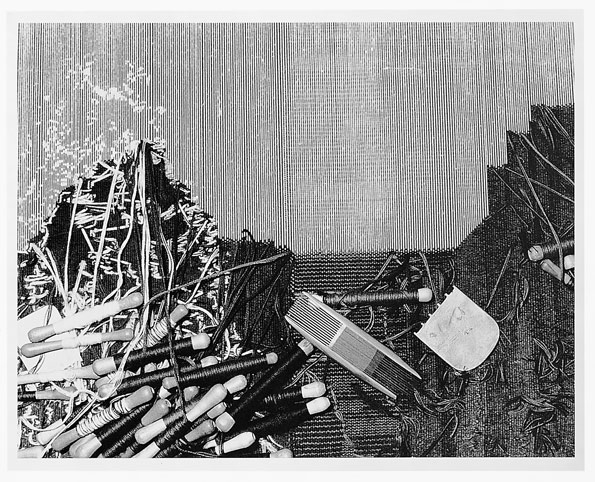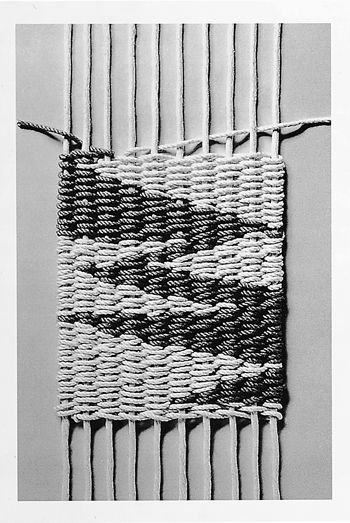The Best Guide To Skotnes
Table of ContentsNot known Factual Statements About Skotnes The Misha Kahn IdeasThe Definitive Guide to Tapestry South AfricaWallhanging Things To Know Before You Get This10 Simple Techniques For Wallhanging

Tapestry is one of the oldest kinds of woven textile. As a method, tapestry has actually been made use of to produce every little thing from tunics and also bags to table covers as well as chair backs, along with some of the world's largest as well as most beautiful items of textile art. In Europe, the great period of tapestry weaving ran from the second fifty percent of the 14th century throughout of the 18th century.
Tapestries were owned by the elite and also used to enhance both personal and also public spaces. Henry VIII is videotaped as having 2,000 tapestries hanging in his various palaces.
The smart Trick of Wallhanging That Nobody is Discussing
Unlike today, tapestries were not simply static objects, however were usually rolled up and also relocated in between homes. In the 1540s, King Francis I of France also appointed a collection of tapestries which replicated the wall surface design of his recently refurbished Great Gallery at Fontainebleau Royal residence in woven form. This collection can be rolled up and also transported to his various other houses.
Gallery no. T.204-1957. Victoria as well as Albert Museum, London Materials and also strategy, Woollen is the material that has been most widely used for tapestry weaving, traditionally made use of for both the warp and also weft threads. As well as being readily available and simple to color, its all-natural stamina as well as adaptability lend themselves well to tapestry weaving.


Steel strings can also be made use of to include information although due to their high price they are much more generally located in tiny instances of tapestry, such as scriptures covers and purses as opposed to in large hangings - get redirected here. Front (left) as well as back (right) scriptures cover, tapestry woven in silk, metal & gilt-metal thread, Sheldon Tapestry Workshops, concerning 1615, England.
The warp strings are stretched on a loom and act as a grid for weavers to produce a pattern with the coloured weft threads. The vital feature of tapestry weaving is that most of the weft threads do not run all the method across the warp.
An Unbiased View of Kentridge
This is understood as a discontinuous weft. Weavers accumulate blocks of colour to develop a pattern or photo. During weaving the weft strings are depressed concealing the warp to develop a weft-faced textile so the style shows up on the front and also the back. In older tapestries, the initial colours are commonly a lot more extreme on the back, which would certainly have been secured from exposure to light.
Museum no. 862-1894. Victoria and also Albert Gallery, London. Tapestries are woven on an impend. At its easiest, an impend is formed of two rollers, between which the warp strings are strung. The impend serves to keep the warp tensioned so the wefts might be passed backward and forward conveniently to develop a style.
On low-warp looms, the rollers get on the very same level as well as the warp is extended horizontally between them. On a high-warp impend the warp strings are extended vertically between a leading roller and a lower roller. Miniature tapestry impend made use of by William Morris, late 19th-century, England. Museum no. 156-1893. Victoria and Albert Gallery, London Tapestry weaving is an exceptionally labour-intensive procedure.
High-quality tapestries are created with finer warp and weft threads and also take longer to make. On a big impend, several weavers can function resting alongside to accelerate production - anonymous. Nonetheless, a set of big tapestries, produced by multiple weavers, could easily take over a year. Venus advising Cupid, tapestry woven in woollen and silk on a woollen warp, designed by Giovanni Battista Castello, 1555 65, most likely Brussels.
An Unbiased View of Tapestry South Africa
T.770-1950 Victoria as well as Albert Museum, London Weavers typically work from a style known as an animation. This is painted on towel or paper at full range and either connected to the impend or hung behind it. Historically, on a low-warp loom, the anime was positioned below the warps and also the weaver had to move these aside to comply with the layout thoroughly (Kentridge).
High-warp looms made it possible for weavers to generate a layout the ideal way around. The cartoon was hung behind the weaver that made use of a mirror to see a reflection of the animation. By working from the reflection, the finished tapestry was the correct means around. When a tapestry was completed the cartoon can be re-used.
Much of the busiest business used expert musicians to generate the full-size layouts that the weavers replicated. The Raphael Cartoons are examples of 16th-century tapestry designs. Commissioned by Pope Leo X, they were made by the musician Raphael on the style of the Acts of the Apostles. When the tapestries were woven the cartoons were offered on to various other workshops.
Raphael Anime, The Miraculous Draught of Fishes: Luke Phase 5: Knowledgeables 111, body colour on paper laid on to canvas, Raphael, 1515 16, Italy - Judith Mason. Victoria and also Albert Museum Contemporary tapestry weavers proceed to explore and re-define the process of tapestry, using brand-new materials and also forms.
The Best Guide To Textile
Fiona Rutherford's job 'Go-Shoaki Shimasu' (Let me present you) is tapestry south africa an instance of contemporary tapestry in which the weaver has played with form to develop an unique kimono-shaped item. Go-Shokai Shimasu (Allow me present you), tapestry woven in cotton and linen, Fiona Rutherford, 2002, England.
T.770-1950 Victoria and Albert Gallery, London.